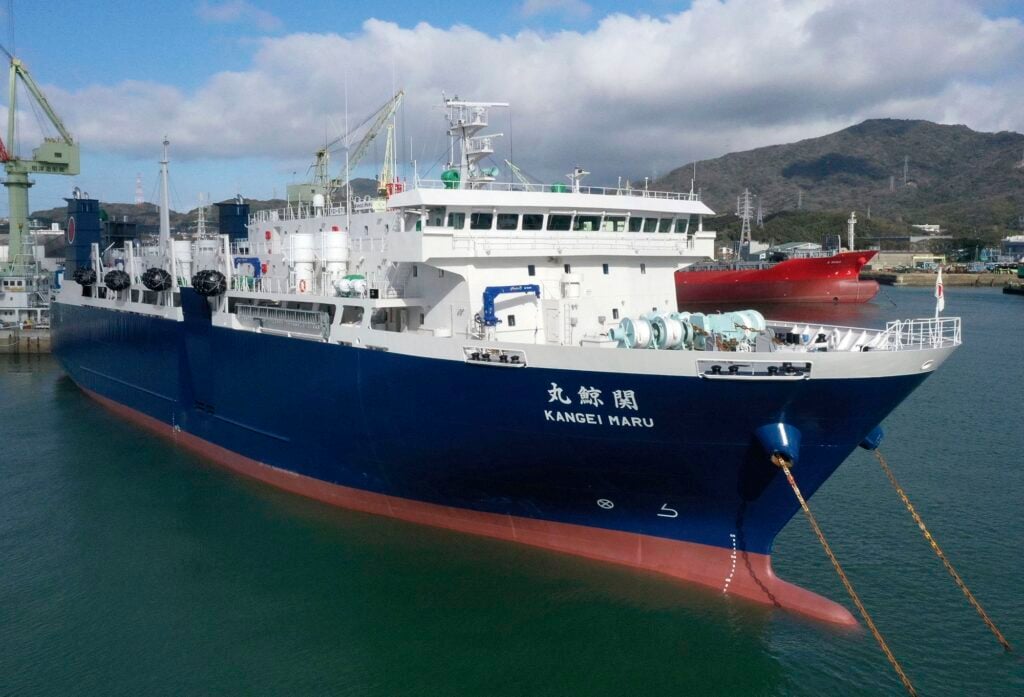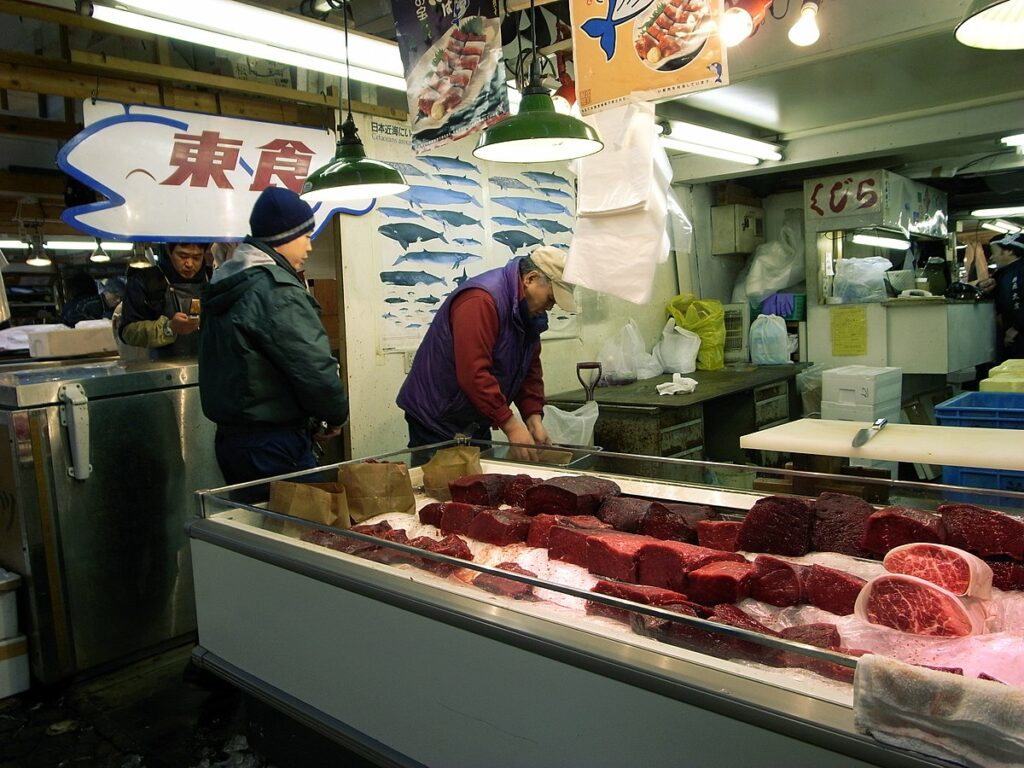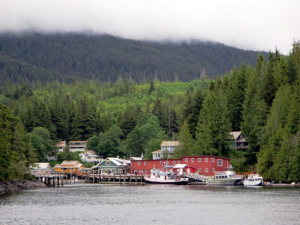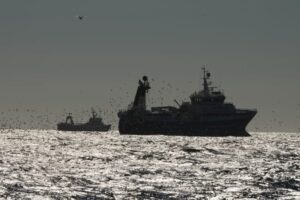
Japan has launched a new $47 million whaling vessel, the Kangei Maru, which is poised for its first eight-month expedition. This development has reignited concerns that Japan might resume distant whaling operations in the Southern Ocean.
The new vessel has a range of 13,000km and is 9,300 tons. It is equipped with a slipway that can haul 70-ton fin whales. The vessel can also store up to 600 tons of meat at a time.
The Kangei Maru serves as the successor to the Nisshin Maru, known for its frequent confrontations with conservationists in Antarctic waters. The new ship signals a potential revitalization of the Japanese whaling industry, which has seen declining consumer interest and economic challenges. The Kangei Maru is the first new ship of its kind after more than 70 years.

Despite Japan’s cessation of its “scientific” hunts in the Antarctic five years ago, having shifted focus to commercial whaling within its territorial waters, the vessel’s capabilities suggest a broader scope.
Whale meat continues to be a traditional yet controversial part of Japanese cuisine, with dishes ranging from raw sashimi to various cooked preparations. In 2023, Japanese whalers caught 83 minke, 187 Bryde’s, and 25 sei whales in their exclusive economic zone. Today, around 1,500 tons of whale meat are consumed in Japan annually. This is a significant decline of around 99犀利士 % from the 230,000 tons consumed in 1962, which was the peak.
Mitsuhiro Kishimoto, professor of economics at Shimonoseki City University, noted that since Japan began fishing in its own waters, prices for whale meat have been higher, and the overall catch is much smaller, with fewer whale varieties.
The ship is launching from Shimonoseki, which has historically been a hub for Japan’s whaling industry. The city plays a significant role in promoting whale meat, including incorporating it into school meals and local cuisine, where 100,000 whale meat lunches a year are served to students at primary and middle schools. The city has invested significantly in the Kangei Maru, reflecting its commitment to the industry’s future. The ship’s operator, Kyodo Senpaku, also opened whale meat vending machines in Tokyo, Yokohama, and Osaka, with plans to open more at about 100 sites.

Kyodo Senpaku has responded to concerns by assuring the public that whaling in the Southern Ocean is not currently planned, but environmental advocates remain skeptical. They suggest that the new ship could eventually be used for operations beyond Japan’s coastal waters, depending on regulatory and economic conditions.
In 1986, the International Whaling Commission (IWC) banned commercial hunts but allowed Japan to continue catching a small number of whales in the Antarctic for research purposes. However, in 2014, an international court ordered a halt to the expeditions as evidence emerged that Japan was not actually conducting scientific research. In 2018, Japan pulled out of the IWC.
Kyodo Senpaku has indicated that they plan to conduct commercial whaling for at least the next 30 years.
For more on this story, check out this article.




